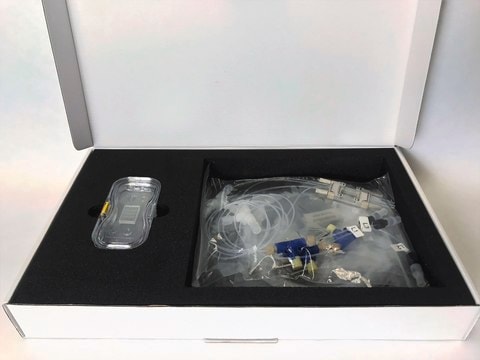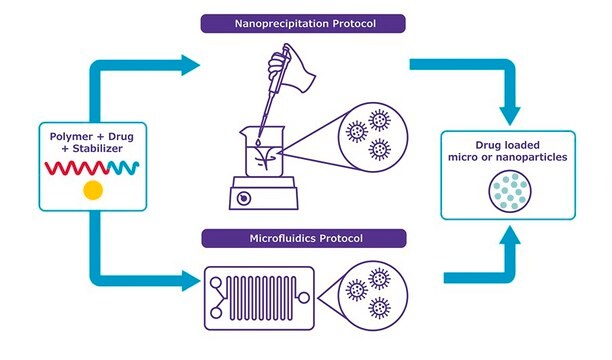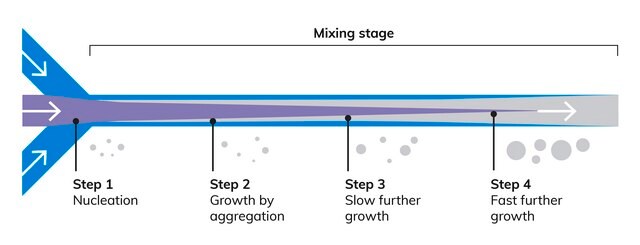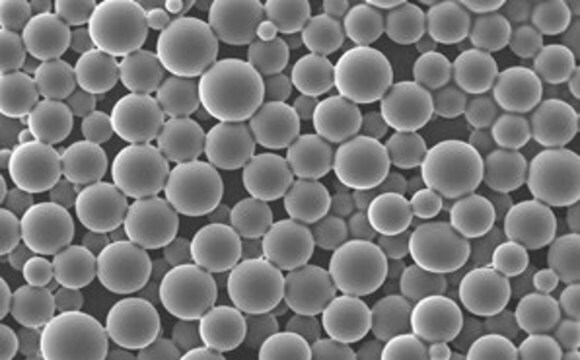920436
NanoFabTx™ PEG-PLA drug formulation screening kit
for synthesis of PEGylated nanoparticles
Synonyme(s) :
Microfluidics, NanoFabTx™ reagent kit, Nanoformulation, Nanoparticle kit, PEG-PLA
About This Item
Produits recommandés
Description
Kit components :
PEGPLA-L-M (919942-500mg)
PEGPLA-H-M (919934-500mg)
Stabilizer-Nano (907766-5g)
PEG-PLA drug formulation screening kit, for synthesis of PEGylated PLA nanoparticles
Niveau de qualité
Application(s)
advanced drug delivery
Température de stockage
2-8°C
Description générale
- A Nanoprecipitation protocol to prepare drug-encapsulated nanoparticles in standard laboratory glassware.
- A Microfluidics protocol using commercial platforms or syringe pumps.
Application
Caractéristiques et avantages
- Includes tested protocols with step-by-step instructions for nanoprecipitation or microfluidics-based syntheses
- Requires minimal laboratory setup
- Optimized to achieve monodisperse, homogenously shaped, biodegradable, PEGylated PLA nanoparticles in any size between 60 and 100 nm
- Formulated to maximize the encapsulation of hydrophobic drugs
- Includes two different PEGylated PLAs
Informations légales
Produit(s) apparenté(s)
Code de la classe de stockage
10 - Combustible liquids
Faites votre choix parmi les versions les plus récentes :
Certificats d'analyse (COA)
It looks like we've run into a problem, but you can still download Certificates of Analysis from our Documents section.
Si vous avez besoin d'assistance, veuillez contacter Service Clients
Déjà en possession de ce produit ?
Retrouvez la documentation relative aux produits que vous avez récemment achetés dans la Bibliothèque de documents.
Notre équipe de scientifiques dispose d'une expérience dans tous les secteurs de la recherche, notamment en sciences de la vie, science des matériaux, synthèse chimique, chromatographie, analyse et dans de nombreux autres domaines..
Contacter notre Service technique





